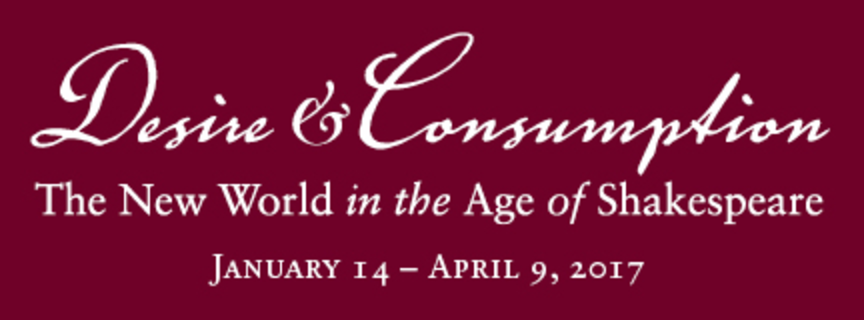El uruguayo Eduardo Galeano (1940-2015) era uno de los escritores más prolíficos de la América Latina contemporánea. Entre sus textos Las venas abiertas de América Latina (1971) y Memoria del fuego (1986) son entre los más conocidos. En 1995 escribió El fútbol a sol y sombra, un texto que la editorial Siglo XXI describe como un libro que “…rinde homenaje al fútbol, música del cuerpo, fiesta de los ojos, y también denuncia las estructuras de poder de uno de los negocios más lucrativos del mundo.” Vamos a explorar el fenómeno del fútbol latinoamericano a través de la perspectiva de Galeano.
BCC MUNDO: La pasión de Eduardo Galeano por el fútbol en 10 frases
LECTURA DE GALEANO EN YOUTUBE: https://youtu.be/SFR1vUYr2n4
Tarea:
- Lea el informe de la BCC Mundo, “La pasión de Eduardo Galeano por el fútbol en 10 frases” y escriba 3 observaciones sobre la importancia del fútbol en América Latina. Llegue a clase lista o listo para presentar y defender sus observaciones.
- Escuche la lectura del libro El fútbol a sol y sombra y seleccione una cita (a quotation) para presentar a la clase. Escriba la cita para entregar con la tarea y también explique su motivo de escoger esta citación específica.
Foto: “Costa Rica surpreende e derrota o Uruguai no Castelão” por Danilo Borges




